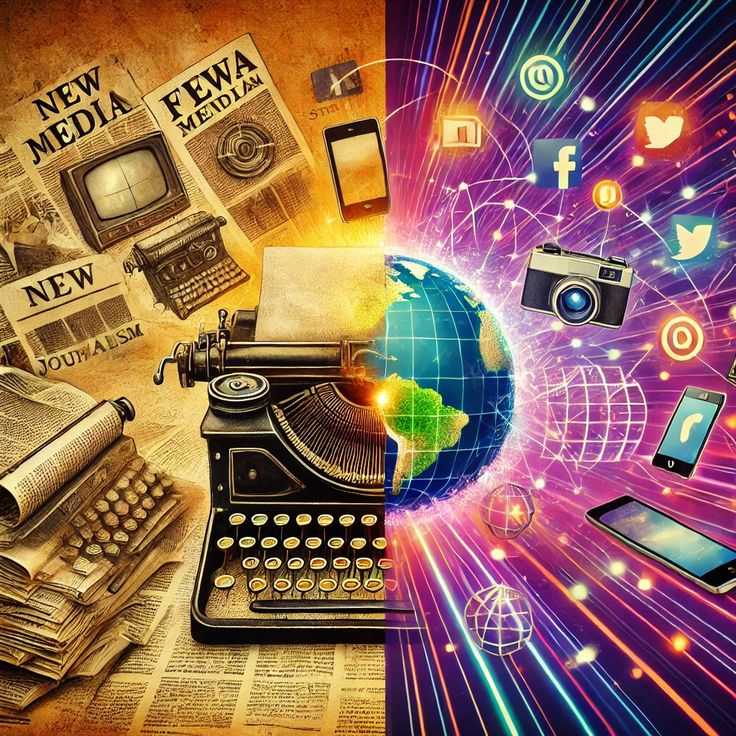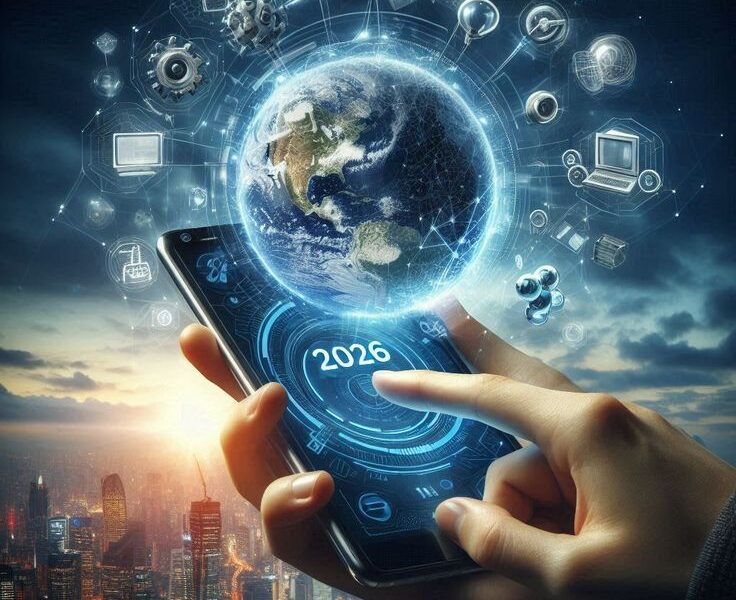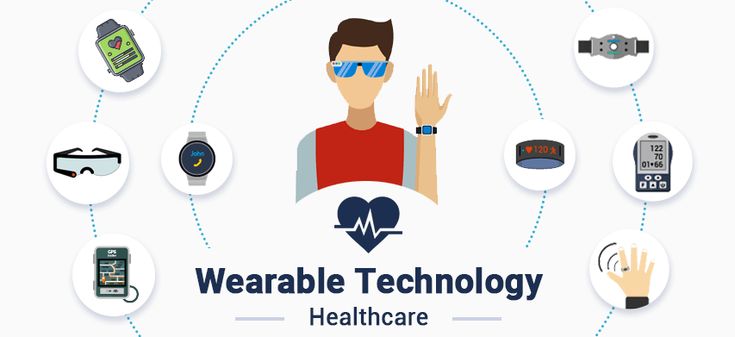📸 The Evolution of Visual Culture: Beyond Megapixels

📸 The Evolution of Visual Culture: Beyond Megapixels
… Mobile cameras have made it possible that each new technology—such as night mode, portrait mode, or AI-based image processing—serves to expand the limits of human vision. This process has enabled ordinary individuals to create visual content of professional quality, challenging traditional centers of cultural production. The effects of this change are evident in both urban and rural areas, where every segment of life is adapting their daily experiences into this new visual language. This evolution is breaking cultural stagnation and forming a dynamic, inclusive visual society where every individual is not just a consumer but also a creator.
🎭 Digital Storytelling: The Voice of a New Generation
The mobile camera has reshaped the art of storytelling in the digital age, empowering every user to unleash the storyteller within. This change is not just a technological marvel but a new medium for expressing the creative abilities inherent in human nature. Platforms like Instagram Stories, Snapchat, and TikTok have introduced new principles of storytelling through short video formats. Stories that succeed on these platforms often emphasize simplicity, realism, and emotional connection over complex camera setups. Every innovation in mobile cameras—such as slow motion, time-lapses, or cinematic modes—is giving rise to new styles of storytelling. The new generation has learned to use these tools so skillfully that they can now tell stories in seconds that previously required hours of planning and expensive equipment. This shift has not only impacted the entertainment industry but has also opened new pathways in education, business, and social services. We now see even small businesses narrating their product stories with a proficiency that was once only affordable to major brands. This democratization of storytelling is leaving its mark on every sector of society.
🌍 Global Expression of Local Cultures
The mobile camera has provided a unique opportunity to introduce local cultures on a global scale, radically transforming traditional methods of cultural exchange. People living in remote areas can now directly present their cultural rituals, festivals, and daily lives to a global audience. This process has not only promoted cultural diversity but has also played a crucial role in preserving minority cultures. We can observe a remarkable increase in content related to local cultures on YouTube and other social media platforms, created by locals themselves using their mobile cameras. Such self-generated content has challenged traditional models of cultural exhibition, where cultures were viewed and presented through the lens of external experts. Cultural expression is now happening directly from its bearers, embodying both authenticity and depth. Advanced features of mobile cameras—such as high resolution, improved audio recording, and advanced editing tools—have elevated this expression to a professional standard. This change is not only beneficial for cultural preservation but is also proving instrumental in promoting tourism and economic development.
⚡ Citizen Journalism: A New Center of Power
The mobile camera has provided ordinary citizens with a powerful tool in the field of journalism, breaking the monopoly of traditional media. Today, anyone can report events directly, whether in a remote area or a bustling city. This change has not only accelerated the process of news gathering but has also introduced transparency. We have seen that in recent years, initial information about significant social and political events often emerges through videos created with mobile cameras. The behavior of security forces, the impacts of environmental changes, and the verification of social movements are now confirmed through footage from these citizen journalists. The small size and ease of concealment of mobile cameras have made them extremely effective in situations where traditional media access is impossible. The live streaming feature has made them even more impactful, allowing real-time broadcasts as events unfold. This power in the hands of ordinary individuals has heightened the sense of accountability in society and increased pressure on governmental institutions through public oversight.
🎨 The Democratization of Visual Arts
The mobile camera has sparked a democratic revolution in the field of visual arts, transforming both the definition and creation of art. Traditionally, photography and filmmaking required expensive equipment and specialized training, but mobile cameras have made them accessible to everyone. Today, an average user can create images and videos that were once only within the reach of professional photographers. This shift has challenged conventional definitions of art and introduced new forms of artistic expression. Mobile photography contests, filmmaking workshops, and visual arts groups on social media have given birth to a new kind of creative community. Within these communities, art is exchanged, critiqued, and new ideas are fostered. Modern mobile cameras equipped with artificial intelligence are now actively assisting in the creative process—suggesting compositions, performing color grading, and even providing automatic editing. Thus, a new partnership between humans and machines is being established in the creative process of art.
🔍 A New Era of Documentation
The mobile camera has revolutionized the field of documentation, making the process more comprehensive, immediate, and widely accessible. Scientists, researchers, and archaeologists can now collect data in the field, capture images and videos, and analyze them instantly. Features like high-resolution images, macro mode, and 3D scanning have opened new doors for research. Environmental scientists are using mobile cameras to assess forest health, climate impacts, and species conservation. Archaeologists are performing 3D scans of artifacts. Medical professionals are documenting the progression of patients’ wounds. All these tasks were previously impossible without expensive equipment and specialized skills. The portability of mobile cameras has made it possible to access locations that were once difficult to document. Cloud storage and sharing capabilities have further simplified this process, allowing data to be shared instantly with experts globally.
💼 Transformation in Business Communication
The mobile camera has radically changed communication methods in the business world, setting new standards for product display, marketing, and customer service. Today, even small businesses can present their products with professionally quality images and videos. Live shopping sessions on social media, product demo videos, and virtual tours have bridged the gap between businesses and consumers. Advanced features of mobile cameras—such as AI-based image enhancement, automatic background blur, and advanced color correction—have added a new dimension to business content. This transformation is not limited to marketing but is also impacting internal communications, training, and documentation. Companies are now creating short videos for employee training, using high-quality video conferencing for virtual meetings, and relying on mobile cameras to document their business processes. Thus, the mobile camera has become an essential component of business communication.
🏥 Revolution in Healthcare
The mobile camera has sparked a revolution in healthcare, enabling access to medical services in remote areas. Telemedicine services now allow patients to connect directly with doctors and show their medical conditions. The invention of macro mode has made this even more effective, enabling doctors to examine wounds, skin issues, or other symptoms up close. Modern mobile cameras even have thermal imaging capabilities, which can aid in diagnosing various medical conditions. Patients can document their health progress day by day, assisting doctors in making treatment decisions. For individuals with special needs, mobile cameras have opened new avenues, allowing them to showcase their daily challenges and receive better assistance. All these developments are making healthcare more patient-centric and expanding access to medical services.
🌱 A Tool for Environmental Awareness
The mobile camera has become a powerful tool for raising environmental awareness and documenting conservation efforts. Environmental activists can directly showcase deforestation, pollution, and wildlife issues. High-resolution images and videos have deeply impacted both the public and policymakers. Mobile phones equipped with drone cameras have made this even more effective, allowing for the assessment of vast areas. Time-lapse videos enable the observation of environmental changes, such as melting glaciers or deforestation. This visual evidence is strengthening environmental protection movements and helping to garner public support. Thus, the mobile camera has become a vital weapon for environmental conservation.
🔮 Future Possibilities
The future possibilities for mobile camera development are vast and impressive. With further advancements in artificial intelligence, cameras will become capable of automatically understanding scenes and adjusting settings accordingly. Integration with augmented reality has already transformed the camera into an interactive tool. In the coming years, we may see camera forms that break current limitations—such as improved low-light performance, real-time object recognition, and perhaps even quantum imaging technologies. These developments will not only enhance image quality but will also influence every aspect of our daily lives.


